From the colour of the foil tops on our glass pints to the fat content of our different milks. Ever wondered what UHT means, what Homogenised milk is? We cover all below.

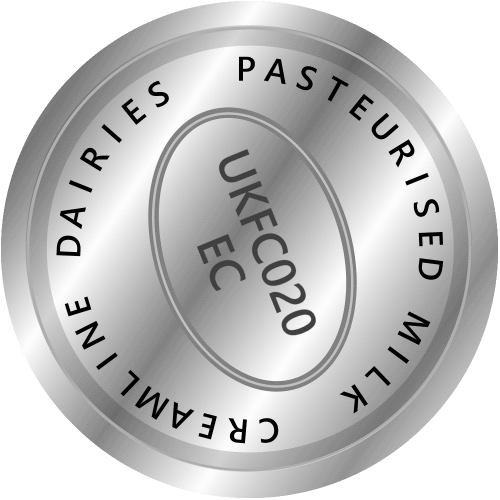
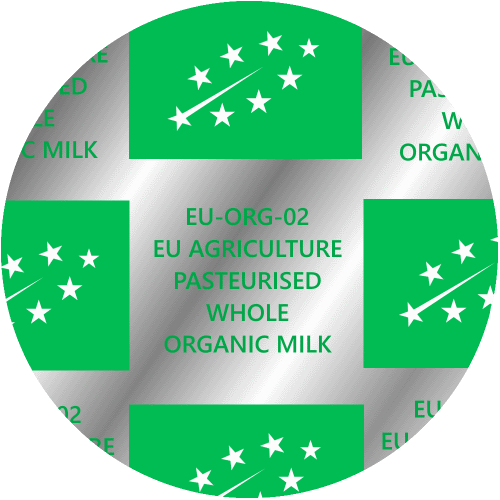
Whole milk is our creamiest milk (apart from Gold Top) and is the recommended cow's milk for children as its higher fat content (> 3.5%) helps with development and growth.


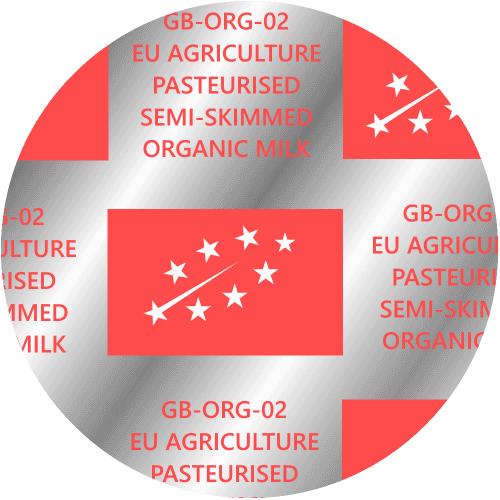
Semi-Skimmed Milk is by far the nations most favourite. With a fat percentage of between 1.5% - 1.8% by weight, Semi-Skimmed milk is the perfect compromise between whole and skimmed.


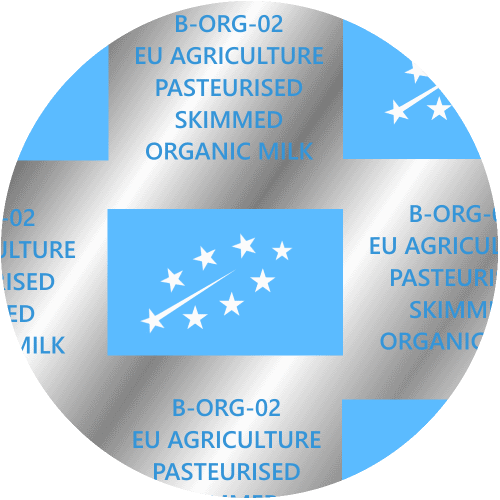
Skimmed milk is perfect for those watching their weight or for those who are looking for a lower fat content. Skimmed milk contains a fat content of less than 0.3%
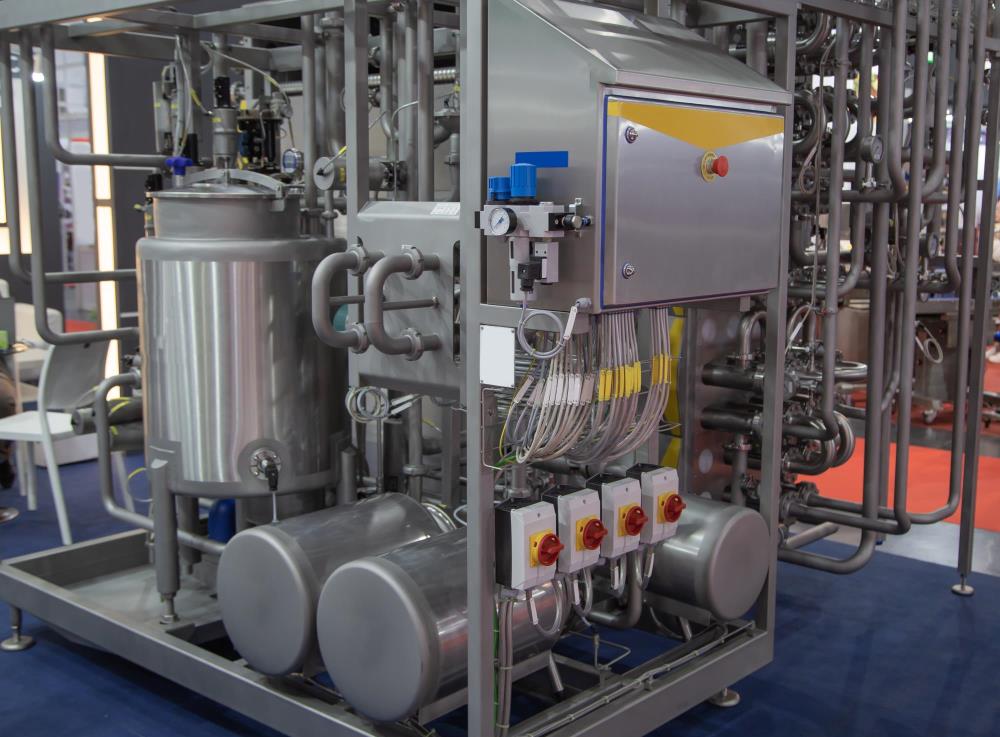
Pasteurisation is a process which involves heating milk to a moderate temperature for a short
period of time usually less than 60 minutes. Pasteurisation uses the same high temperatures to
kill most bacteria present in the milk and this results in a much safer product compared to raw
milk.
UHT stands for Ultra High Temperature, and is a high temperature variant of standard
pasteurisation taking place at around 140c for a very short period (a few seconds) this
process completely kills all bacteria and when immediately packaged into a sterile container
can result in milk which does not need to be refrigeratied and which can keep for up to 6
months unopened.

Oat milks are plant milks derived from oat grains. Oat milk has a creamy texture and is available in various varieties such as sweetened and unsweetened. Oat milk can also be found in other dairy-alternative products such as plant based ice cream and yoghurts.

Almond milk is a popular plant-based milk alternative made by blending almonds with water and straining the mixture to remove solids. It has a smooth, light texture and carries a mild, nutty flavour.

Soy milk is a popular plant-based beverage made from soybeans. Highly versatile, it is produced by soaking and grinding soybeans, boiling the mixture, and filtering out the solids, resulting in a creamy milk alternative. Soy milk is rich in protein.
Standardisation is a process which involves ensuring that the milk we drink is a good
mix of raw milks from different herds and sometimes dairies to help guarantee a more
consistent batch of raw milk before processing.
Standardisation can also help reduce cream separation, although this is mainly taken
care of by Homogenisation.
Homogenisation is a process following standardisation which is carried out to ensure that the fat content in milk does not easily separate from the rest of the milk emulsion.
Fat and water do not mix completely, instead fat globules end up dispersed throughout the mixture. When the mixture is left to settle, these components can separate out. In terms of milk; this can cause the fats in the milk to rise to the top and separate out from the rest of the pint. Homogenisation reduces the size of these dispersed fat globules, greatly increasing the time it takes for them to separate out of the mixture.
Homogenisation involves forcing the milk under great pressure through tiny tubes - this process breaks up the fat globules in the milk. These much smaller globules are dispersed more readily throughout the milk and do not easily clump together and separate.